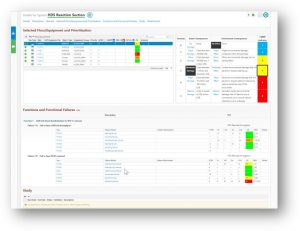According to a study by the Healthcare Information and Management Systems Society, over 80% of healthcare organizations use RCM software to streamline their revenue cycle management processes. This software helps with tasks such as claims submission, denial management, payment posting, and financial reporting.

Using RCM software can lead to increased efficiency and productivity in the revenue cycle, ultimately leading to improved financial health for the organization. It can also help reduce errors and compliance risks.
Overall, implementing RCM software in healthcare can lead to a more successful and profitable revenue cycle management process.
Pros of an rcm software:
– Improved efficiency and productivity in the revenue cycle
– Reduced errors and compliance risks
– Improved financial health for the organization
– Enhanced data management and reporting capabilities
cons of an rcm software
– Initial cost of implementing the software
– Requires training and adjustments for staff to effectively use the software
– May require integration
How to choose a rcm software for healthcare
When choosing a RCM software for your healthcare organization, it is important to consider factors such as integration with existing systems, customizable features, and user-friendliness. It is also crucial to ensure that the software meets all necessary security and compliance requirements. Check out a great example of an RCM software here.
It may be helpful to seek input from staff who will be using the software, and to also consider any specific needs or goals for your organization’s revenue cycle management process. Researching and comparing different options can also aid in making the best decision for your healthcare facility.